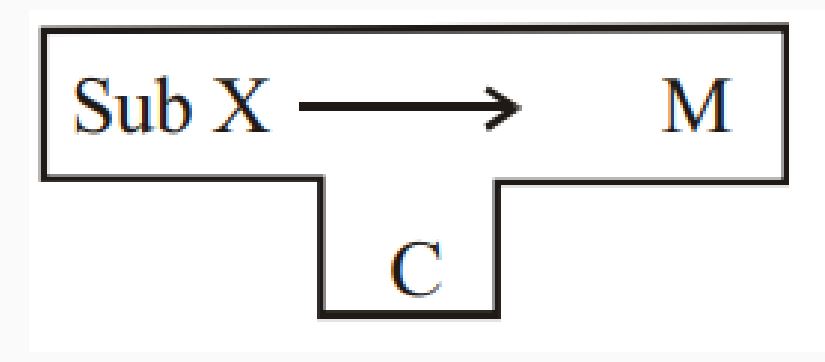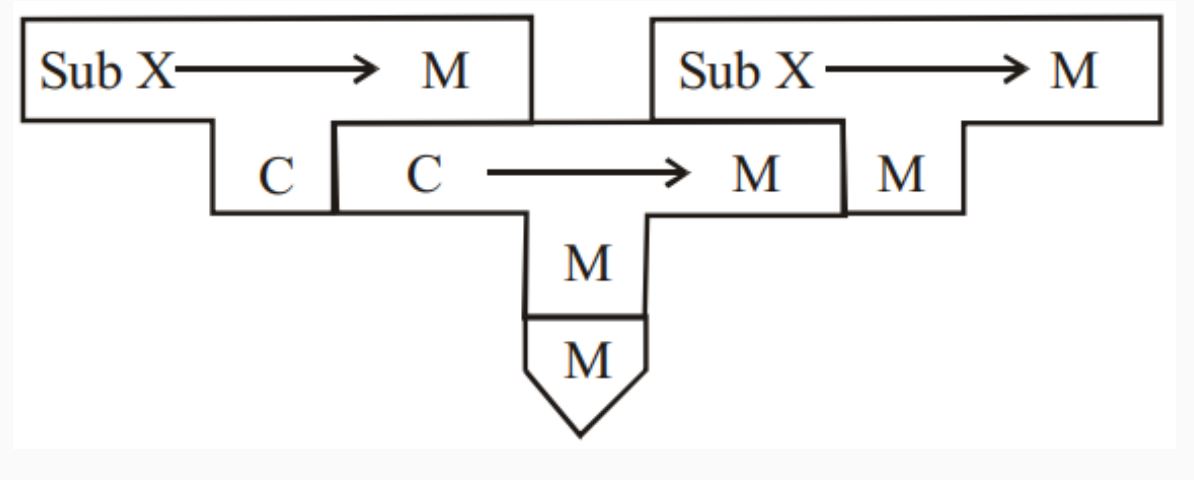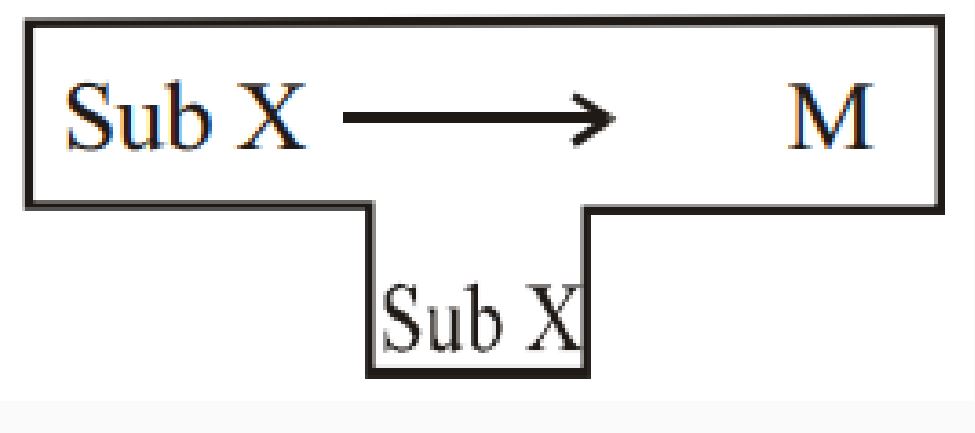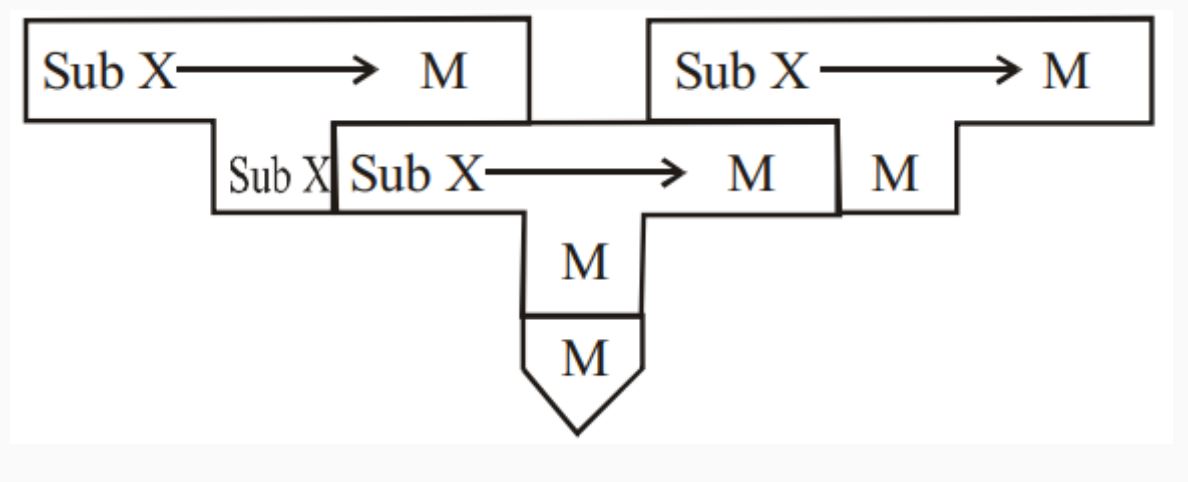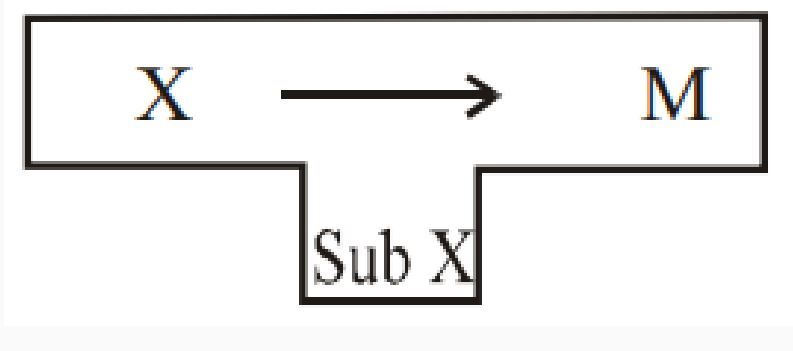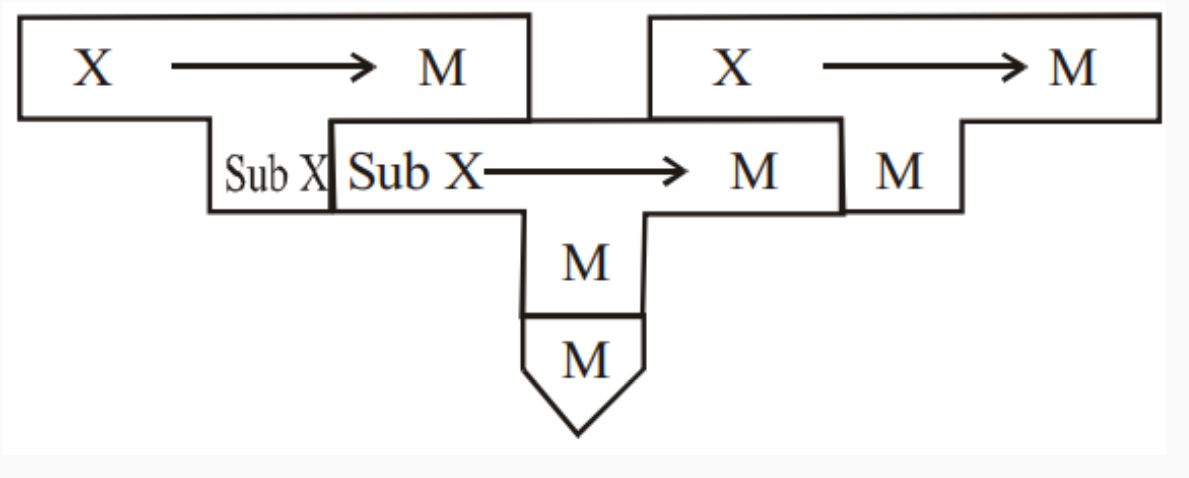Bootstrapping

Definition: Bootstrapping is a technique where a simple program initiates a more complex system of programs. In the context of compilers, it often involves the process of writing a compiler for a programming language using another compiler written in the same language. This self-compiling process allows for the creation of more sophisticated compilers.
Example:
Consider the BIOS (Basic Input/Output System), which initializes and tests hardware, peripherals, and external memory devices when a computer boots. In compiler design, bootstrapping might involve writing a compiler for a language A using a compiler written in the same language A.
T-Diagrams:
Definition:
T-diagrams are a graphical notation used to represent the relationships between different programming languages in the context of compiler design. The notation takes the form of A ---(C)---> B, where a compiler written in language C processes source code in language A and produces executable code in language B.
Full Bootstrapping:
Goal:
The goal of full bootstrapping is to implement a compiler for language X on a machine M, given the presence of a language C compiler/assembler on the same machine.
Steps:
- Write Compiler for Subset
XinC: - Begin by writing a compiler for a small part (subset) of language
Xusing the languageC. Compile this on machineM, where theCcompiler already exists.
- Compile Compiler for Sub
X: - Use the existing language
Ccompiler to compile the compiler written in Step 1. This creates a compiler that can process the subset languageSub X.
- Translate Subset Compiler (Sub X):
- Translate the subset compiler (Sub X) written in Step 1 into the subset language (Sub X). This is a necessary step in the process.
- Compile Subset Compiler (Sub X):
- Compile the subset compiler (Sub X) from Step 3 using the compiler built in Step 2. This further refines the compiler for
Sub X.
- Extend Subset Language (Sub X):
- Extend the subset language (Sub X) compiler from Step 3 into a compiler for the full language
X. Importantly, this step is still performed using only the subset languageSub X.
- Compile Full Language Compiler:
- Finally, compile the full language
Xcompiler using the compiler built in Step 4. At this point, you have a compiler for the full languageXimplemented on machineM.
This comprehensive process demonstrates the self-sustaining nature of bootstrapping, where each step builds upon the capabilities of the previous one, ultimately leading to the creation of a compiler for a more complex language.
Simple Bootstrapping:
Process:
If a compiler or interpreter already exists for the language A on the target machine M, the process of bootstrapping is simplified.
